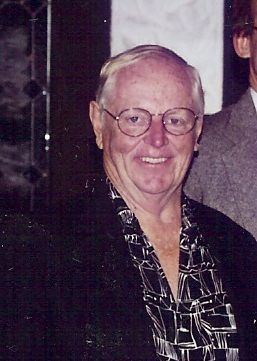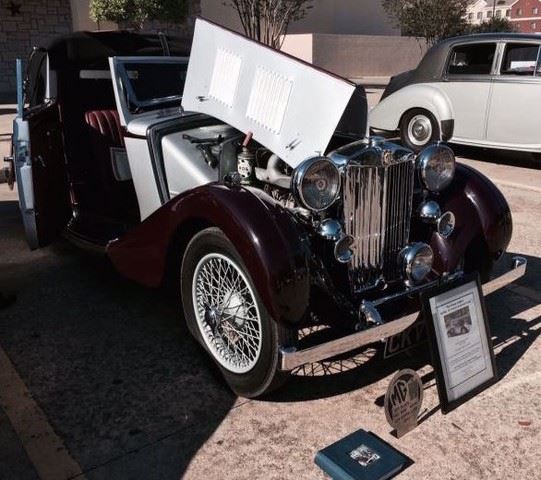
 We received word today that a Founding Member of the Houston MG Car Club, Frank Glass, has passed away at age 89. Frank recovered from serious illness some years ago and subsequently acquired his final MG, a wonderful 1937 Tickford VA. This very attractive old MG was shown and dazzled us at our All British Expo a few years ago.
We received word today that a Founding Member of the Houston MG Car Club, Frank Glass, has passed away at age 89. Frank recovered from serious illness some years ago and subsequently acquired his final MG, a wonderful 1937 Tickford VA. This very attractive old MG was shown and dazzled us at our All British Expo a few years ago.
Frank was an active member in the 70’s and 80’s and served as Club President in 1987. We so appreciate his contributions to the MG World and will miss him. Further details may be posted as they become available.
Frank Ray Glass, 89, of Grimes County, passed away peacefully in his sleep on August 11th 2020 at Colonial Oaks Assisted Living in Katy, Texas. Frank was born in San Angelo, TX, but has been a long time resident of Houston and neighboring counties for most of his life. He is a 1953 graduate of The University of Houston School of Architecture and was a member of Sigma Nu and the Frontiersmen. He has been employed with several firms, most notably, Better Homes and Gardens Magazine in 1960 and was the Chief Architect of Public Works for The City of Houston from 1989 – 1996. He was honored by the city in 1996 when he retired. Frank moved to Grimes County in 1997 and served as their Commissioner from 1998-2002. He was an active member of the Grimes County Republican Committee.
Frank was a founding member of the MG Car Club of Houston and served as President for a term. He has 4 antique MG cars in his personal collection.
Frank was also a long time member of Planters Lodge, number 147, located in Plantersville, TX. He was a lifetime member of the Houston Livestock Show & Rodeo and served on the parade committee. Frank served as a Field Artillery Sargent in the Army National Guard from 1949 – 1952
Frank is survived by his three children; Forrest Glass of Abilene, TX, Melissa Hanst (Glass) of Houston, TX, and Michael Glass of Katy, TX. He is also survived by 6 grandchildren; Brian Glass, Laura Parker (Glass), Cody Glass, Elizabeth Glass, William Hanst, and Amanda Hanst. Frank is also survived by 2 step-grandchildren; DL Gibson and Celia Orcutt. Frank is also survived by 6 great grandchildren.